8 Easy SEO Tips for Small Businesses
SEO is the practice of optimizing a website to improve its visibility in organic (unpaid) search results on search engines like Google, Bing, and DuckDuckGo.
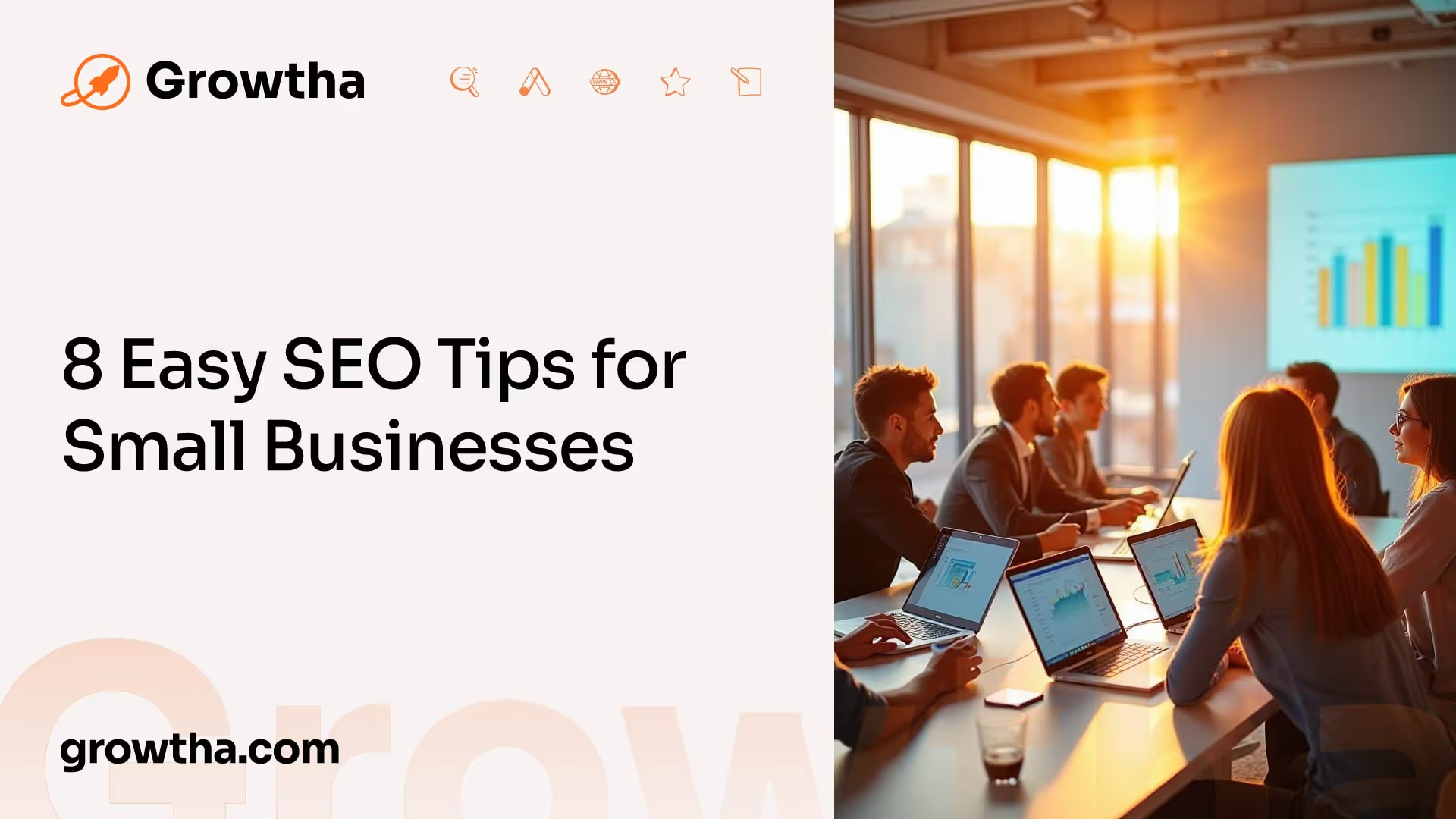

8 Easy SEO Tips for Small Businesses
Understanding SEO Basics
To thrive in today's digital landscape, small businesses need to understand the basics of SEO (search engine optimization). SEO is the practice of optimizing a website to improve its visibility in organic (unpaid) search results on search engines like Google, Bing, and DuckDuckGo [1]. By implementing effective SEO strategies, small businesses can increase their online visibility, reach more potential customers, and improve their overall online presence.
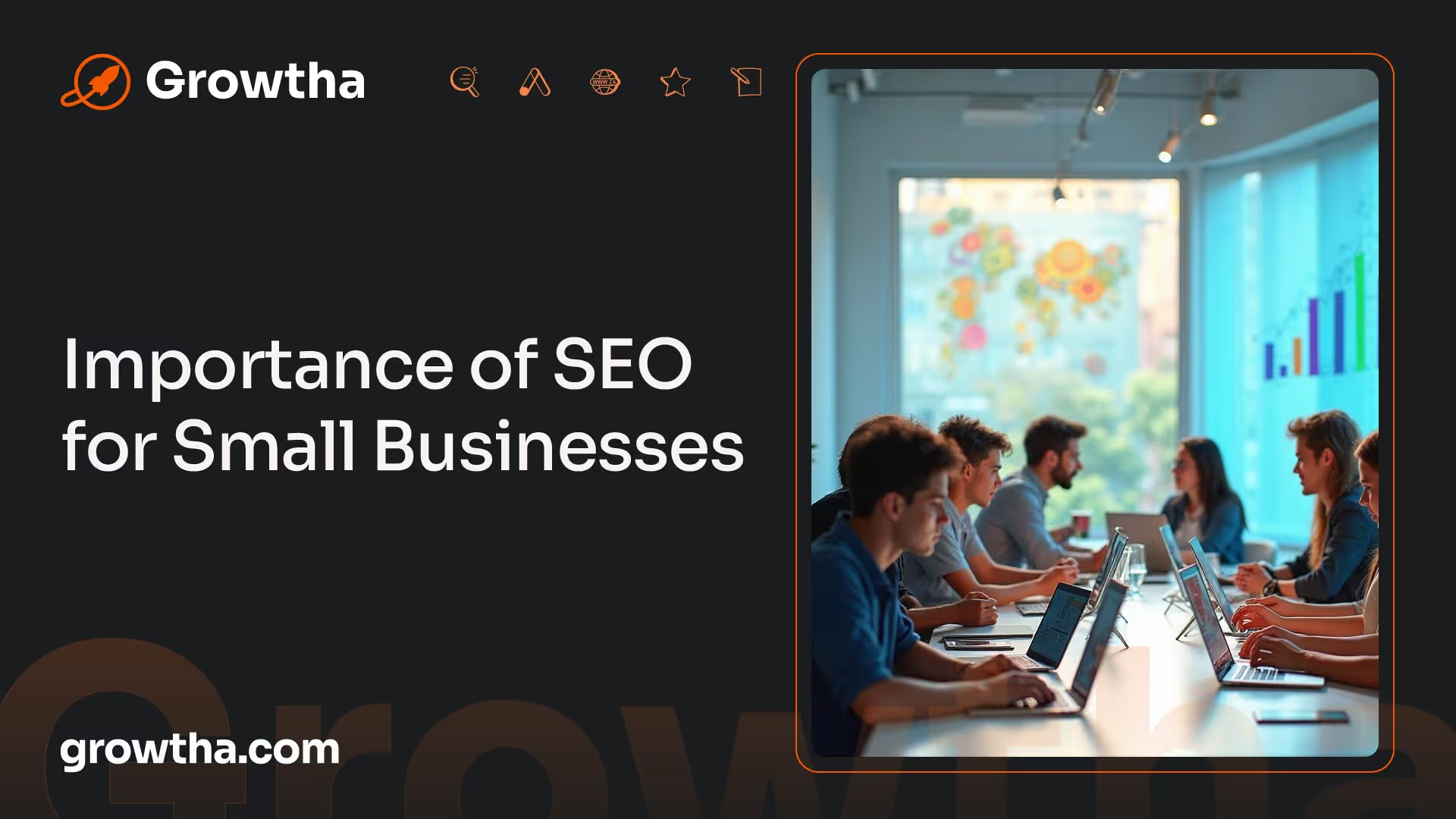
Importance of SEO for Small Businesses
SEO plays a crucial role in the success of small businesses. Here are some key reasons why SEO is important for small businesses:
- Increased Visibility: By optimizing their websites for search engines, small businesses can improve their chances of appearing towards the top of search engine results pages (SERPs) [2]. This increased visibility allows them to reach a wider audience and attract potential customers who are actively searching for products or services related to their business.
- Building Trust and Credibility: When a small business website appears at the top of search results, it instills trust and credibility in the minds of potential customers. Ranking highly in search results signals to users that the business is reputable and trustworthy, leading to greater customer confidence and increased chances of conversions.
- Cost-Effective Marketing: Compared to traditional advertising methods, SEO offers a cost-effective marketing solution for small businesses. Instead of spending significant amounts on paid advertising, SEO allows businesses to organically attract traffic to their websites, resulting in long-term benefits and a higher return on investment.
- Improved User Experience: SEO involves optimizing various elements of a website, including content, keywords, and images, to enhance the user experience. By ensuring that visitors can find relevant information quickly and easily, small businesses can provide a positive user experience, leading to increased engagement and higher chances of conversions.
- Measurable Results: SEO provides measurable results that allow small business owners and marketers to track progress over time. By analyzing data and metrics, they can gain insights into the effectiveness of their SEO efforts and make necessary adjustments to optimize their campaigns for better results.
Benefits of SEO for Small Businesses

Implementing SEO strategies can bring several benefits to small businesses:
Benefits
Increased online visibility
Higher website traffic
Greater brand awareness
Improved user experience
Enhanced credibility and trust
Cost-effective marketing
Long-term success and growth
By understanding the importance of SEO and its associated benefits, small businesses can leverage this powerful digital marketing strategy to catapult their online visibility and achieve sustainable growth.
Local SEO Strategies
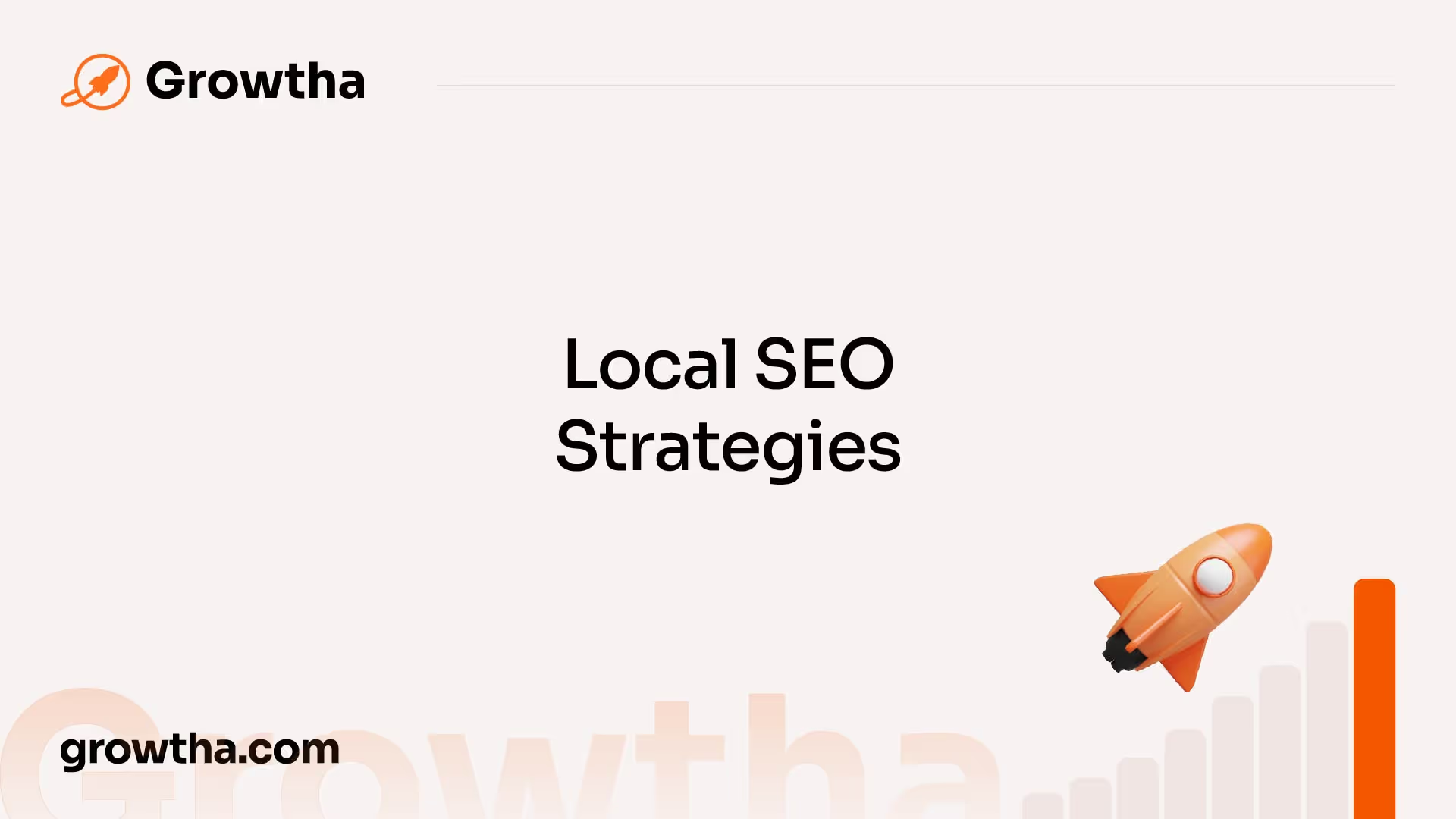
In today's digital landscape, harnessing the power of local search is essential for small businesses. With 46% of all Google searches seeking local information, optimizing for local SEO can significantly impact your online visibility and attract potential customers in your area [3].
Power of Local Search
Local search is a game-changer for small businesses. When people search for products or services in their vicinity, they are often ready to make a purchase. By appearing in local search results, you can connect with these potential customers and drive foot traffic to your business. It's crucial to optimize your online presence to ensure your business doesn't miss out on these valuable opportunities.
Optimizing Google My Business
Google My Business (GMB) has become a vital tool for local search optimization. It allows businesses to create a profile with essential information such as address, phone number, hours of operation, and customer reviews. When verified as authentic, GMB has the potential to reward businesses with a sidebar space in Google's local search results [3].
To optimize your Google My Business listing:
- Claim and verify your business: Start by claiming your business on Google My Business and go through the verification process. This ensures that your business is recognized as legitimate by Google.
- Provide accurate information: Ensure that your business name, address, and phone number (NAP) are consistent across all online platforms. Inconsistencies can lead to Google not showing your business in search results, so maintaining accuracy is crucial [3].
- Select relevant categories: Choose the most appropriate categories for your business to help Google understand what you offer. This enables Google to display your business in relevant local search results.
- Optimize your description: Craft a compelling and concise description of your business, highlighting key features, products, or services. Incorporate relevant local keywords to enhance your chances of appearing in local search results.
- Add high-quality photos: Include high-resolution images that showcase your business, products, or services. Visual content can attract potential customers and give them a glimpse of what they can expect.
- Encourage customer reviews: Positive customer reviews can boost your credibility and attract more customers. Encourage satisfied customers to leave reviews on your GMB listing.
By optimizing your Google My Business profile, you can increase your chances of appearing in local search results and drive more traffic to your small business.
Local SEO goes beyond optimizing Google My Business. Consistency in NAP information across online platforms, building backlinks from locally relevant websites, and effective local keyword targeting are other crucial strategies for small businesses to improve their local search visibility and attract customers in their area [4]. By implementing these strategies, you can enhance your online presence, expand your customer base, and skyrocket your online visibility.
Elements of Effective SEO
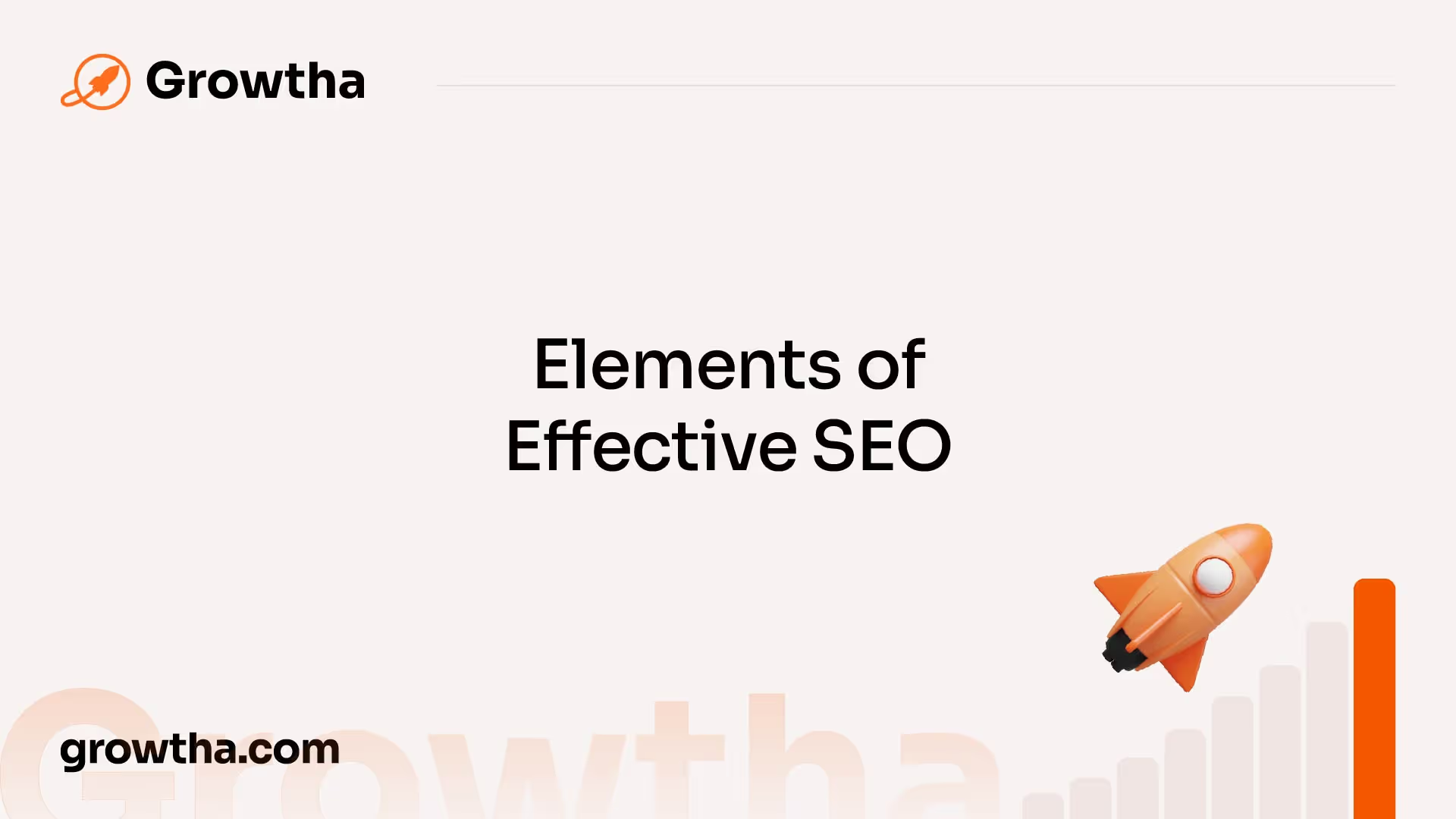
To achieve successful search engine optimization (SEO), small businesses need to focus on three key elements: on-page SEO optimization, off-page SEO strategies, and technical SEO considerations. By optimizing these aspects, businesses can improve their website's visibility and attract customers actively seeking their products or services.
On-Page SEO Optimization
On-page SEO optimization involves optimizing the elements within a website to improve its visibility in search engine results pages (SERPs). This includes optimizing text content, keywords and phrases, as well as images. Key factors to consider for on-page SEO optimization include:
- Keyword Research: Conducting thorough keyword research enables businesses to identify relevant terms and phrases that resonate with their target audience. Incorporating these keywords strategically throughout the website's content enhances its visibility in search results.
- High-Quality Content: Creating valuable, informative, and engaging content is crucial for on-page SEO. Well-written content that addresses the needs and interests of the target audience not only improves search engine rankings but also enhances user experience.
- Meta Tags: Optimizing meta tags, including title tags and meta descriptions, helps search engines understand the context and relevance of the webpage. Including relevant keywords in these tags can improve the website's visibility in SERPs.
- URL Structure: Creating SEO-friendly URLs that include relevant keywords can improve the visibility and understandability of the website's content.
- Internal Linking: Utilizing internal links within the website helps search engines navigate and understand the website's structure. It also enhances the user experience by providing easy access to related content.
Off-Page SEO Strategies
Off-page SEO strategies involve activities that take place outside the website to improve its visibility and reputation. These strategies primarily focus on building high-quality backlinks to the website, which signal to search engines that the website is trustworthy and authoritative [2]. Key factors to consider for off-page SEO strategies include:
- Building Backlinks: Acquiring backlinks from reputable and relevant websites is crucial for off-page SEO success. These backlinks act as endorsements and indicate to search engines that the website is valuable and trustworthy.
- Guest Blogging: Writing guest blog posts for other reputable websites within the industry allows businesses to gain exposure, reach new audiences, and build backlinks to their own website.
- Social Media Engagement: Actively participating in social media platforms and engaging with the target audience helps increase brand visibility, drive traffic to the website, and potentially earn backlinks.
Technical SEO Considerations
Technical SEO focuses on optimizing the technical aspects of a website to improve its visibility and accessibility to search engines. While this element may require some technical expertise, it plays a crucial role in overall SEO success. Key factors to consider for technical SEO include:
- Website Speed and Performance: Ensuring that the website loads quickly and performs efficiently improves user experience and search engine rankings. Techniques such as image optimization, reducing HTTP requests, and implementing browser caching can enhance website speed.
- Mobile-Friendliness: With the increasing use of mobile devices, having a mobile-friendly website is essential for SEO. Ensuring that the website is responsive and provides a seamless experience across different screen sizes and devices is crucial.
- Website Structure and Navigation: Creating a logical and user-friendly website structure, including clear navigation menus and internal linking, helps search engines understand the website's content and improves user experience.
By optimizing these elements of effective SEO, small businesses can improve their online visibility, attract more organic traffic, and ultimately grow their customer base. Continuous review and improvement of SEO strategies are essential to adapt to changing customer behaviors and maintain visibility in search engine rankings.
Key Factors for Local SEO Success
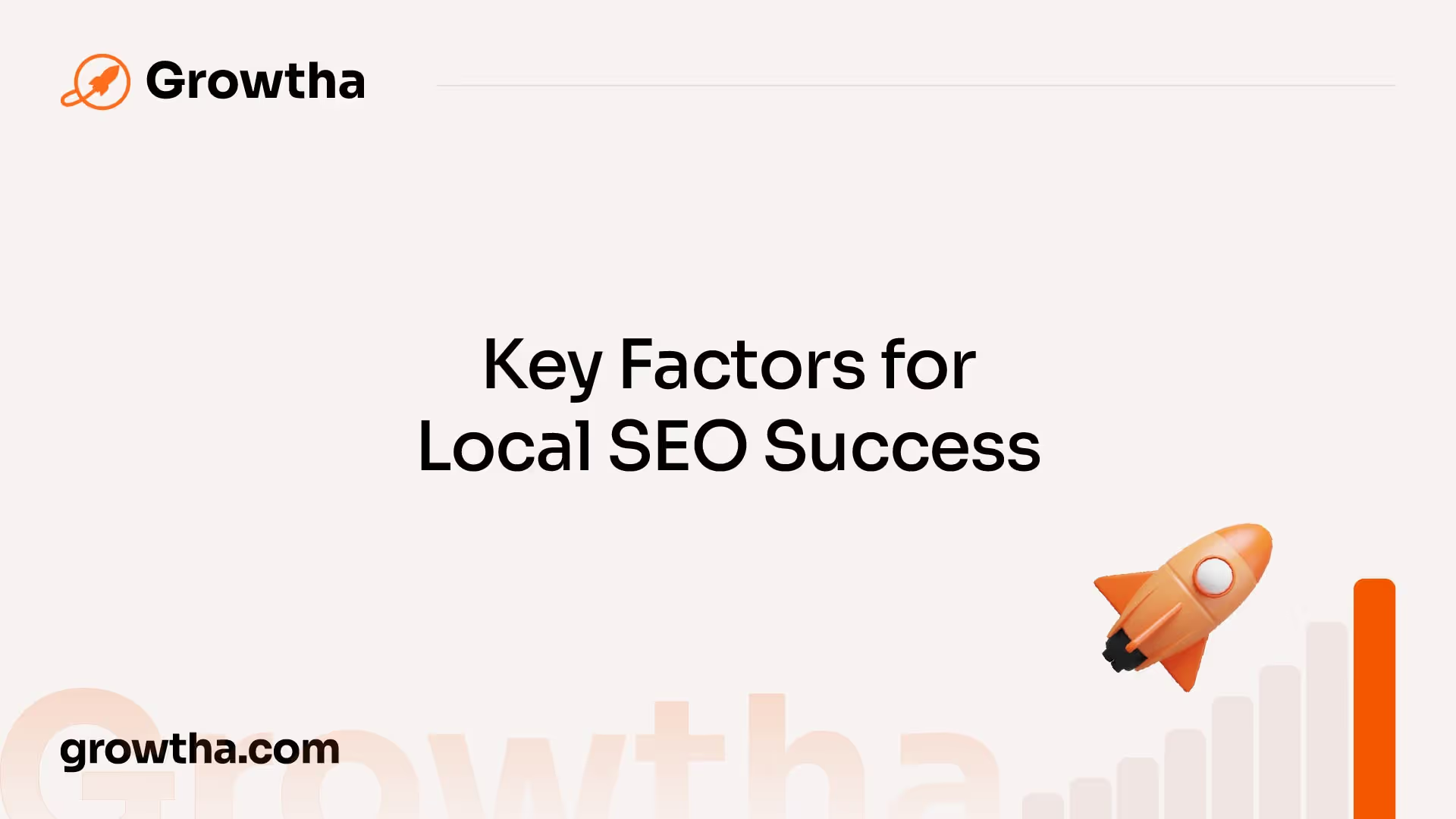
When it comes to local SEO, there are several key factors that can contribute to the success of small businesses. By implementing these strategies, businesses can improve their online visibility and attract more local customers. Let's explore three essential factors for local SEO success: consistency in NAP information, optimizing online directories, and community engagement.
Consistency in NAP Information
Consistency in the name, address, and phone number (NAP) across online platforms is crucial for local SEO. Discrepancies or inconsistencies in NAP information can confuse search engines and lead to businesses not appearing in search results. It's important to ensure that the NAP information is accurate and consistent across various platforms, including your website, Google My Business, online directories, and social media profiles.
Maintaining consistency helps search engines recognize and associate the business information correctly, increasing the chances of appearing in local search results. Businesses should regularly audit their online presence to identify and correct any inconsistencies in the NAP information.
Optimizing Online Directories
Optimizing online directories and citations is another vital aspect of local SEO. Registering your business with online directories such as Yelp, Yellow Pages, and Bing Places, along with removing duplicate listings, can significantly improve local SEO rankings. These directories serve as valuable sources of information for search engines, and having accurate and up-to-date listings can boost a business's visibility in local search results.
Additionally, consider obtaining a membership with the local Chamber of Commerce. This can provide an external inbound link specific to the area, further enhancing local SEO efforts. Being listed in reputable online directories and having a Chamber of Commerce membership can increase the credibility and visibility of a business in local search results.
Community Engagement for SEO
Participating in the local community can have a significant impact on a business's local SEO efforts. Engaging with the community not only fosters positive relationships but also provides opportunities for digital PR, brand awareness, and inbound links. By partnering with local nonprofits, sponsoring events, or appearing in local media, businesses can enhance their local SEO visibility [3].
Community engagement can lead to press coverage, which can generate valuable backlinks and increase the online visibility of the business. Actively participating in local events, networking with other businesses, and supporting local causes can help build a strong online presence and improve local search rankings.
By focusing on consistency in NAP information, optimizing online directories, and engaging with the local community, small businesses can improve their local SEO visibility. These key factors, when implemented effectively, can help businesses attract more local customers and boost their online presence. Remember, local SEO is an ongoing process, so regularly monitoring and updating these factors is essential for long-term success.
Enhancing Website Speed for SEO
In the world of SEO, website speed plays a crucial role in ensuring optimal user experience and search engine visibility. Slow-loading websites can lead to increased bounce rates and lower search engine rankings. To enhance website speed and improve SEO performance, there are several techniques that small businesses can implement.
Image Optimization Techniques
Images are an essential component of any website, but they can also contribute to slower load times if not optimized properly. By optimizing images, you can reduce file sizes and improve website speed. There are a few techniques to consider:
- Compressing Images: Compressing images reduces their file size without significant loss of quality. This can be done using image compression tools and plugins.
- Resizing Images: Resizing images to the dimensions required by your website helps reduce the file size and load time. Use image editing software or online tools to resize images before uploading them.
- Using the Appropriate File Format: Choosing the right file format for your images can make a difference in load times. JPEG is ideal for photographs, while PNG is suitable for graphics and images with transparency.
By implementing these image optimization techniques, you can significantly improve your website's speed and overall SEO performance.
Reducing HTTP Requests
When a webpage loads, it often requires multiple HTTP requests to fetch various resources, such as images, CSS files, and JavaScript files. Each request adds to the load time of the webpage. Reducing the number of HTTP requests can have a significant impact on load times. Here are a few strategies to consider:
- Combining CSS and JavaScript Files: Minimize the number of CSS and JavaScript files by combining them into a single file. This reduces the number of HTTP requests required to load these resources.
- Minifying CSS and JavaScript: Minification involves removing unnecessary characters from CSS and JavaScript files, such as whitespaces and comments. This reduces file sizes and improves load times.
- Using CSS Sprites: CSS sprites combine multiple images into a single image file. By using CSS positioning, you can display specific portions of the combined image, reducing the number of image requests.
By implementing these techniques to reduce HTTP requests, you can optimize your website's speed and improve SEO performance.
Implementing Browser Caching
Browser caching is a technique that stores copies of static files, such as images, CSS, and JavaScript, in the user's browser cache. By caching these files, subsequent visits to your website can be faster, as the browser can retrieve the files from the cache instead of the server. Here are a few considerations for implementing browser caching:
- Setting Cache-Control Headers: Configure your web server to include proper Cache-Control headers in the HTTP response. This specifies how long the browser should cache specific resources.
- Utilizing Expires Headers: Expires headers specify an expiration date for cached resources. Set appropriate expiration dates to ensure that returning visitors can benefit from cached files.
- Implementing ETag Headers: ETag headers help to validate whether a cached resource has changed on subsequent visits. This allows the browser to fetch the updated resource only when necessary.
By leveraging browser caching techniques, you can reduce the amount of data that needs to be transferred between the server and the browser, resulting in improved website speed and enhanced SEO performance.
By implementing these techniques to enhance website speed, small businesses can improve user experience, reduce bounce rates, and potentially achieve higher search engine rankings. Optimizing images, reducing HTTP requests, and implementing browser caching are effective strategies to boost website speed and overall SEO performance.
Leveraging Backlinks for SEO
Backlinks play a crucial role in the realm of SEO, as they signal the authority and relevance of a website. Acting as "votes of confidence" from other sites, backlinks have a positive impact on search engine rankings. Search engines consider the quantity and quality of backlinks to determine a site's authority and relevance, influencing its position in search results.
Importance of Backlinks in SEO
In modern SEO practices, backlinks are pivotal in determining the authority and relevance of a website. They serve as a vote of confidence from one site to another, indicating the quality and value of the content. Search engines, such as Google, consider backlinks as significant ranking factors. Websites with a higher number of quality backlinks often rank higher in search engine results pages (SERPs).
Backlinks also play a crucial role in building robust online profiles for businesses and individuals. By securing backlinks from reputable and relevant websites within the same industry or niche, businesses can enhance their digital footprint and establish themselves as authorities in their respective fields. This contributes to brand visibility, trust, and credibility among the target audience.
Building Quality Backlinks
To effectively leverage backlinks for SEO, businesses should focus on acquiring high-quality backlinks from reputable, industry-relevant websites. Quality and relevance outweigh quantity when it comes to backlinks. Here are some strategies for building quality backlinks:
- Outreach Strategies: Engage in outreach efforts to connect with relevant websites and influencers in your industry. Building relationships and collaborations can lead to opportunities for backlinks.
- Create Valuable Content: Produce high-quality, informative content that others in your industry would find valuable. When other websites find your content useful, they are more likely to link back to it.
- Guest Posting: Contribute guest posts to reputable websites or blogs in your niche. This allows you to showcase your expertise and earn backlinks from authoritative sources.
- Social Media Promotion: Share your content on social media platforms to increase its visibility. When your content gains traction and is shared by others, it increases the chances of acquiring backlinks.
- Industry Directories and Associations: Submit your website to relevant industry directories or join associations related to your field. These platforms often provide opportunities for backlinks.
Remember, the key to building quality backlinks is to prioritize relevance and authority. Seek out reputable websites within your industry and foster relationships with them. By proactively pursuing backlinks and creating valuable content, you can enhance your website's authority, visibility, and credibility, contributing significantly to your overall SEO strategy.
References
[1]: https://www.womenconquerbiz.com/importance-of-seo-for-small-businesses/
[2]: https://digitalmainstreet.ca/tool/small-businesses-big-impact/
[3]: https://blog.hubspot.com/marketing/local-seo
[4]: https://www.linkedin.com/pulse/local-seo-strategies-small-businesses-viserx-qvlic
[5]: https://www.quora.com/What-role-do-backlinks-play-in-modern-SEO-practices-and-how-can-they-be-effectively-obtained







